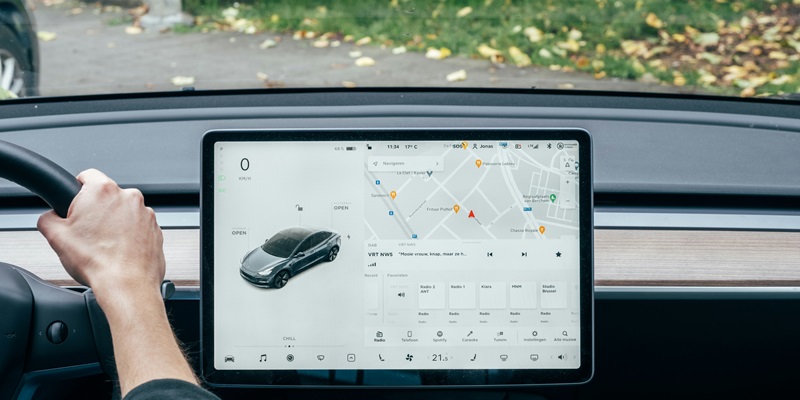The emergence of large language models (LLMs) has brought significant advancements in various fields. Autonomous driving is one such domain where LLMs hold immense potential. This article aims to explore the application of LLMs in autonomous driving, highlighting their advancements, limitations, and the transformative impact they are expected to bring to this evolving industry.
The Advancement of Large Language Models
Large language models have showcased remarkable progress in recent years. Developed by training on vast amounts of text, LLMs excel at understanding and generating human language. This proficiency extends to capturing complex contextual dependencies and correlations, making them a valuable tool for autonomous driving applications.
Potential Applications in Autonomous Driving
The capabilities of LLMs make them invaluable in various aspects of autonomous driving, such as natural language understanding for human-AI interaction, contextual understanding of road signs, and real-time decision making.
Limitations of Small Models in Autonomous Driving
Despite the advantages of LLMs, existing small models have limitations in addressing the complexity of autonomous driving. These models struggle to handle intricate scenarios and often fail when faced with unprecedented situations. As a result, they cannot adequately replace human intuition and reasoning required for safe autonomous driving.
Challenges Faced by Existing Models
The existing models struggle with unforeseen scenarios, which is a major hurdle in achieving robust autonomous driving. These models heavily rely on predicting future outcomes based on past data, rendering them ill-equipped to handle novel situations or immediate dangers on the road.
The Promise of Large Language Models in Enhancing Understanding of the World
LLMs have demonstrated promise in surpassing pure correlation-based approaches and exhibiting genuine “understanding of the world.” Their ability to comprehend complex concepts and reason through information offers potential solutions for addressing the limitations of existing small models in autonomous driving.
Current Limitations of Large Language Models in Autonomous Applications
Although LLMs showcase significant potential, they still have limitations when it comes to autonomous driving. The computational requirements for LLMs pose constraints on their implementation in real-time, safety-critical scenarios. Large models need to be optimized for faster decision-making, especially in situations where split-second reactions are vital.
Time Constraints in Making Safety-Critical Driving Decisions
In autonomous driving, making safety-critical decisions within a fraction of a second is essential. LLMs, while powerful, struggle to meet these stringent time constraints due to their inherent computational demands. This limitation hampers their practical application for immediate decision-making in autonomous vehicles.
Hybrid-Cloud Architectures as a Solution for In-Car Computing
To tackle the time constraints and computational challenges, hybrid-cloud architectures provide a potential solution. By combining in-car computing capabilities with data center processing, autonomous vehicles can leverage the power of LLMs without compromising real-time decision-making.
Reinforcement Learning with Human Feedback as a Potential Solution
To address the shortcomings of LLMs, reinforcement learning with human feedback offers a promising path. By incorporating human expertise and intuition, LLMs can be refined to make more accurate and informed decisions, enhancing their potential for autonomous driving applications.
The Limitations of Language Models in Covering All Driving-Specific Concepts
While LLMs include a vast amount of knowledge, they may not encompass every driving-specific concept. Fine-tuning LLMs to address these specificities and ensuring comprehensive coverage without compromising safety remain ongoing challenges.
The Transformative Impact of Large Models in Autonomous Driving Development
Despite the current limitations and challenges, large models have the potential to transform the way we develop autonomous driving systems. They have already revolutionized the field and will continue to do so through advancements in model optimization, training, and integration with other sensor technologies.
In conclusion, large language models hold tremendous potential for advancing autonomous driving. While their current limitations and challenges must be addressed, their ability to understand language and reason through complex information sets them apart. With ongoing research and development, LLMs will play a transformative role in the development and implementation of safe and reliable autonomous driving systems.

